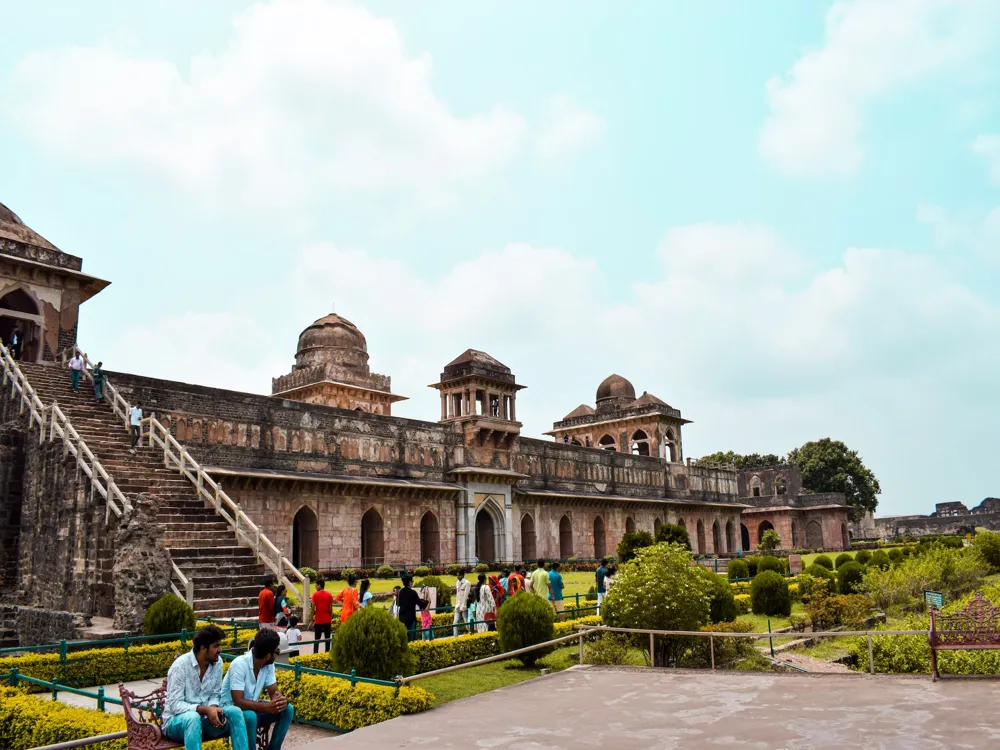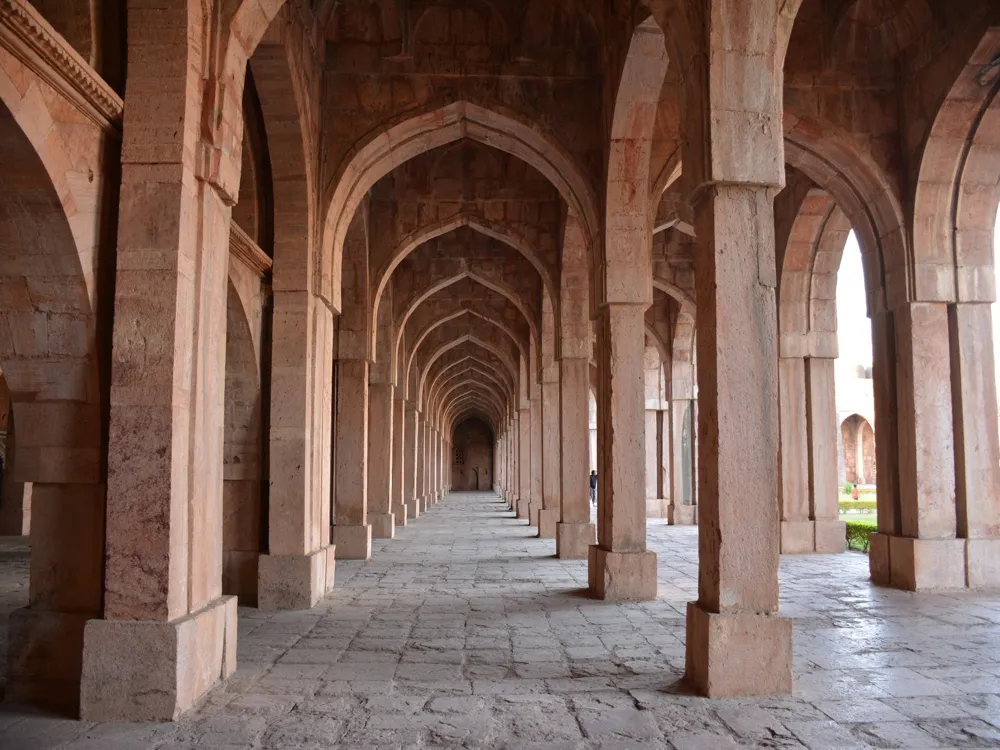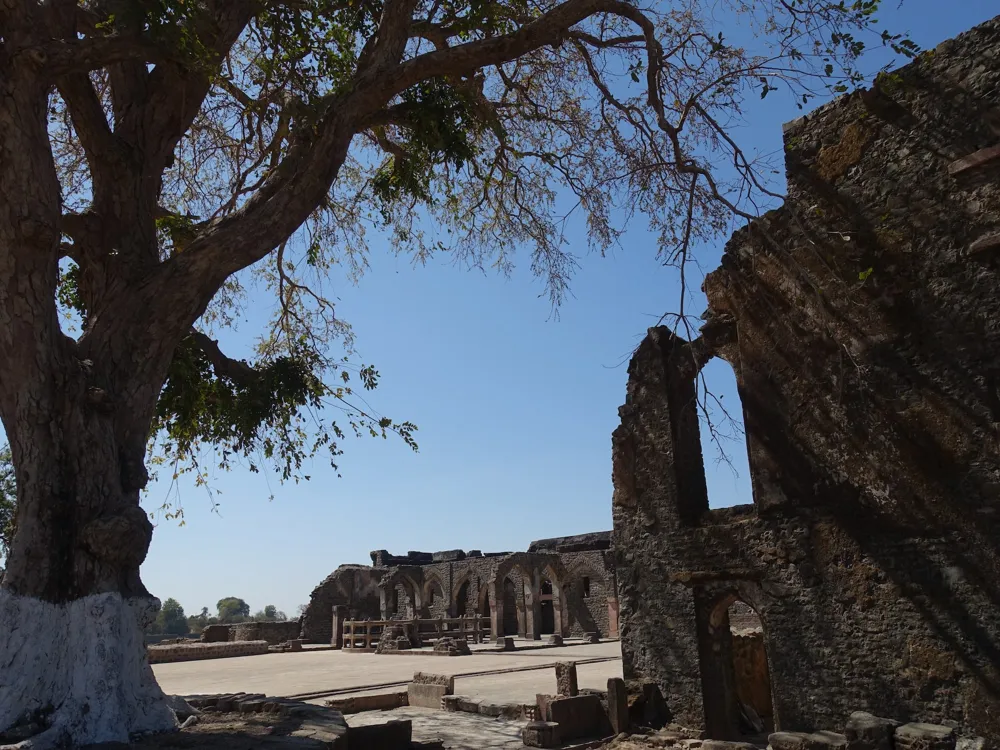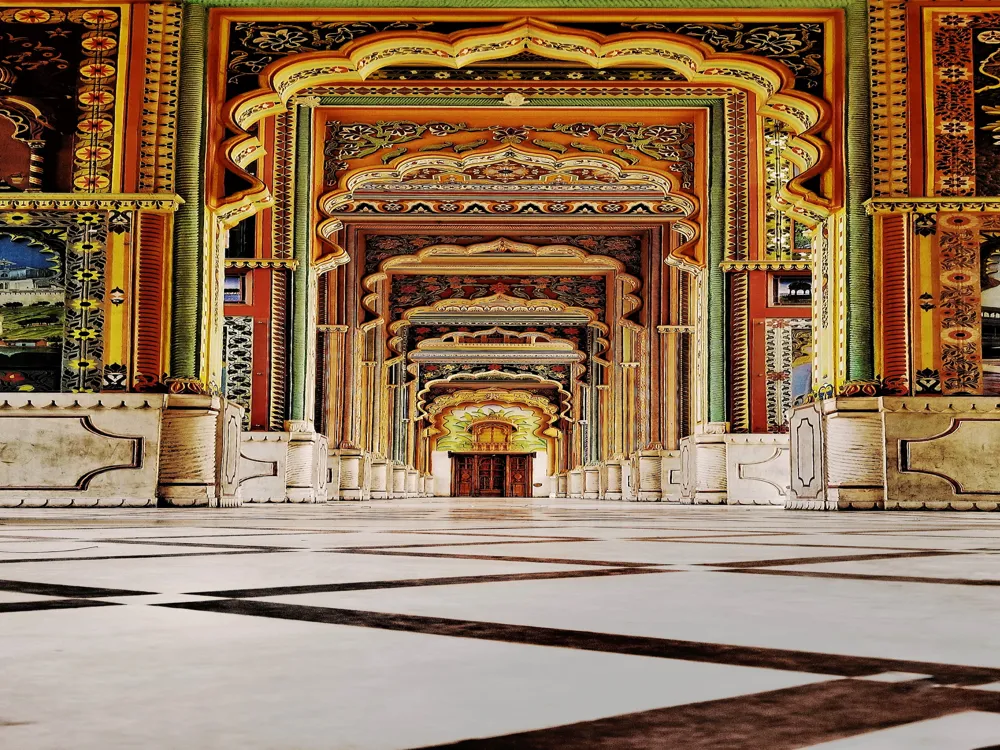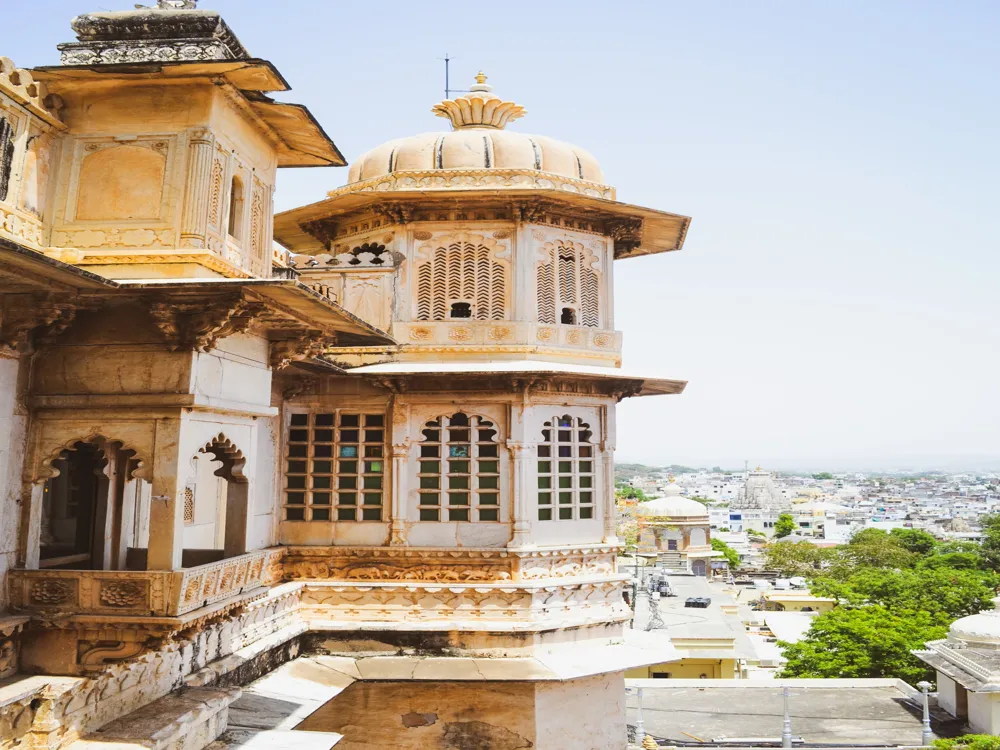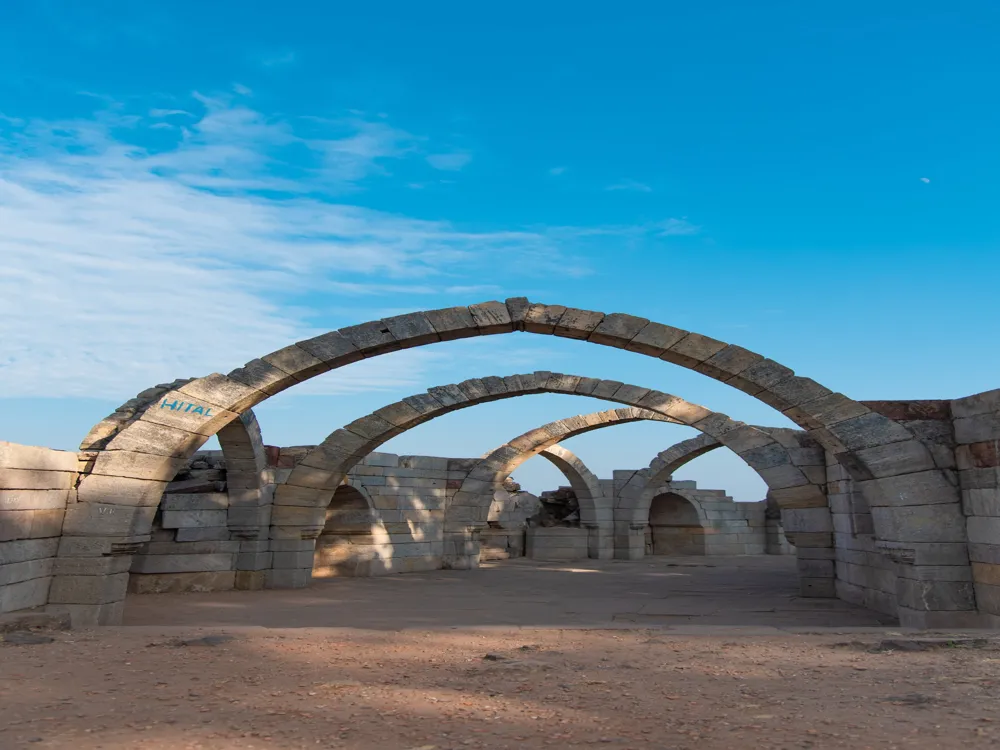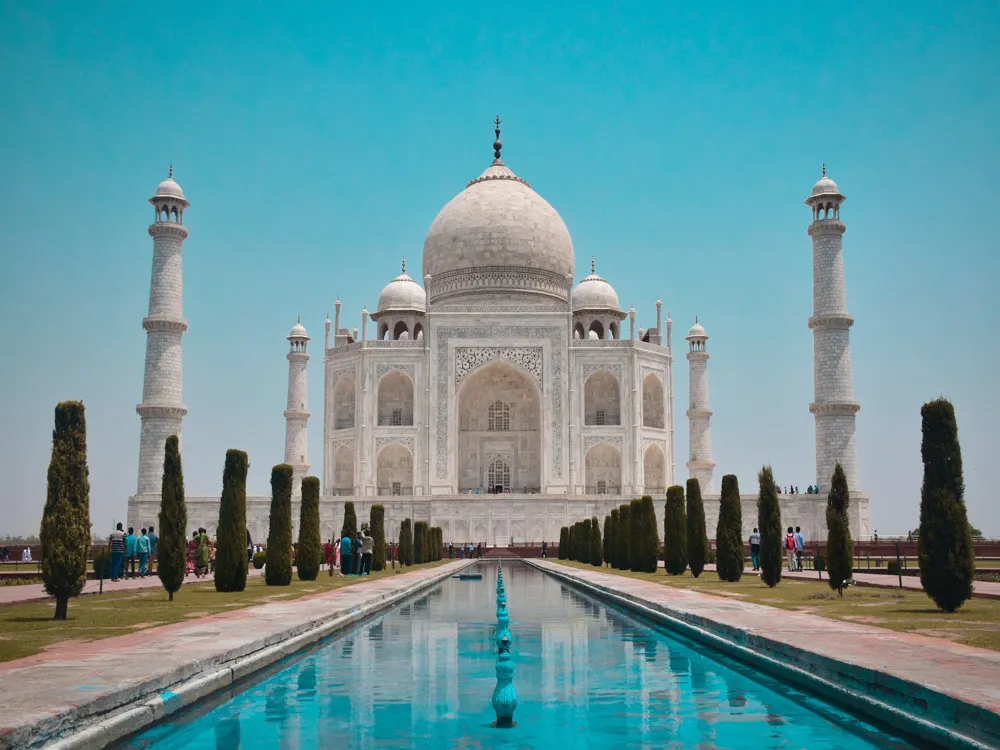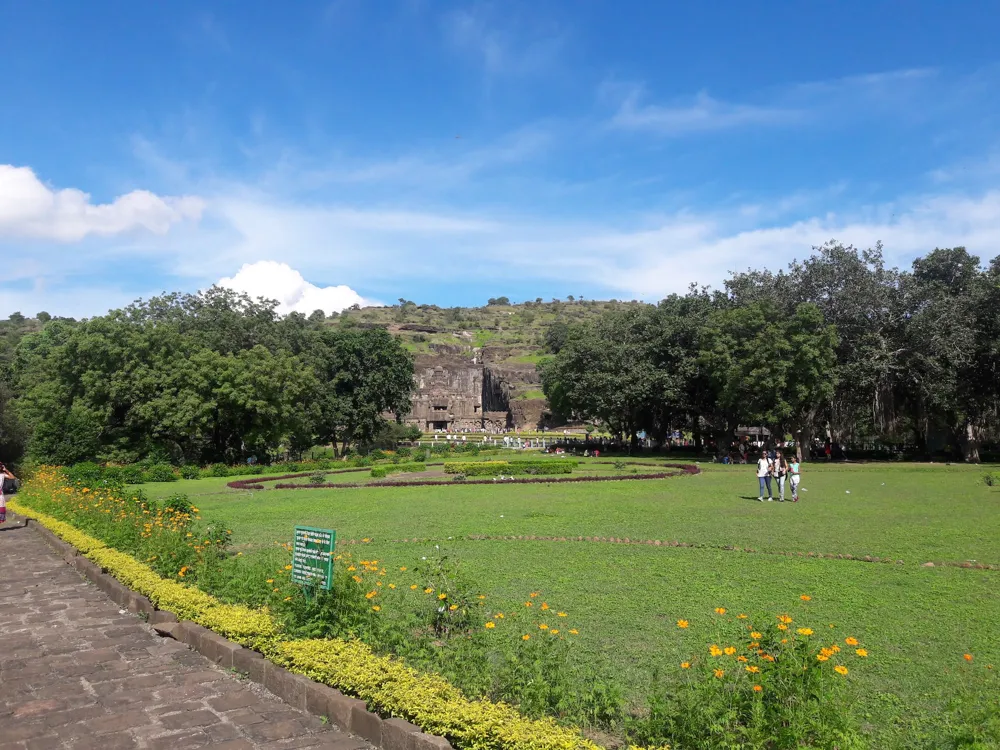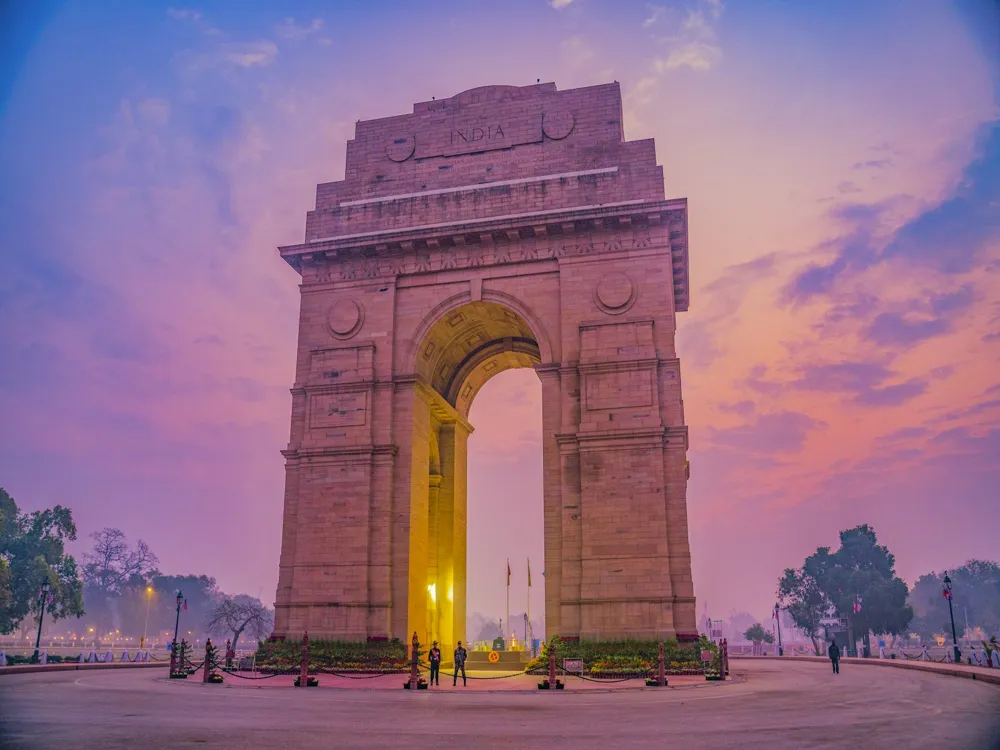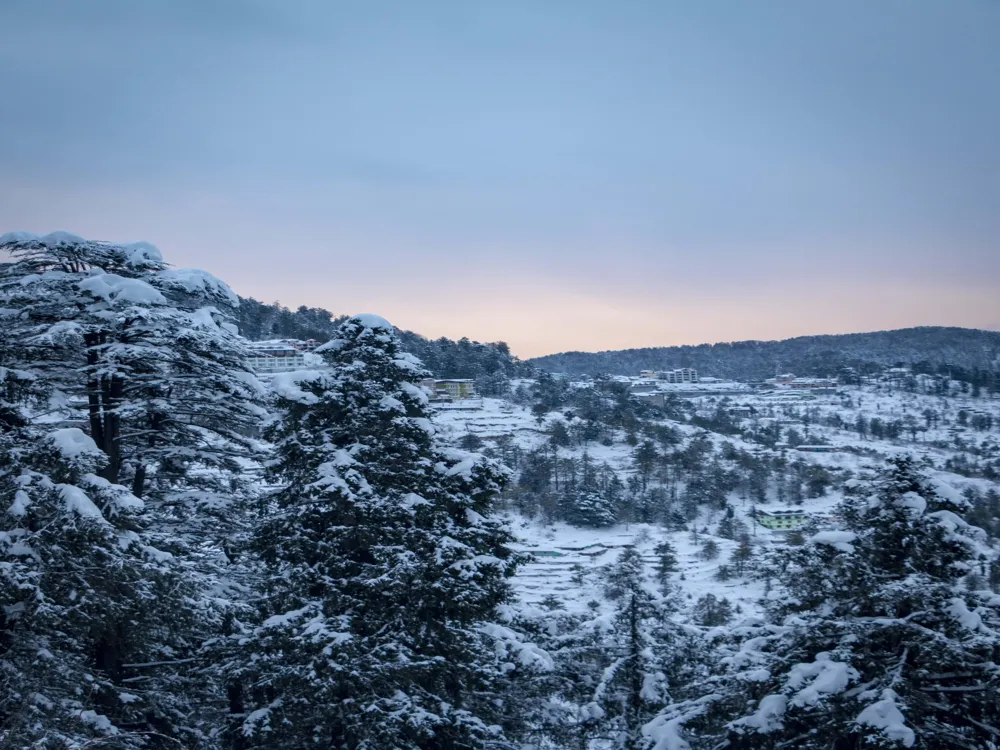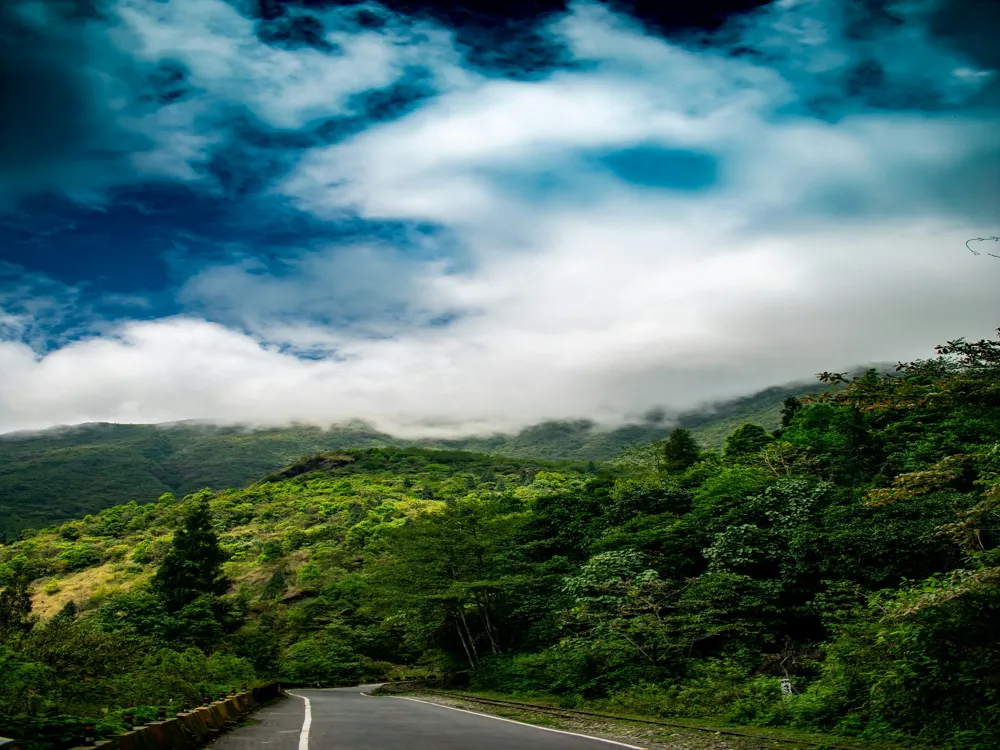Plan Your Travel To Mandu
Places To Visit In Mandu
Narayanhiti Palace
Located to the east of the famed Kaiser Mahal near Thamel, the Narayanhiti Palace Museum is a former royal palace which was home to the monarchs of Nepal. It is historically important because of the 'Royal Family Assasination' of 2001. The stunning museum showcases the old furniture, art pieces, ornaments of the royal family and lavish lifestyle once adorning the durbar (halls) of the exquisite palace.
The name Narayanhiti is a blend of two words: 'Narayan' signifies the Hindu god 'Lord Vishnu', and 'Hiti' translates to 'water spout'. The name is particularly significant because of the temple of Lord Vishnu which is situated right opposite to the palace complex. Moreover, a water spout does adorn the eastern side of the main entrance, thus adding further significance to it. The Narayanhiti Palace has witnessed some major historical incidents through all these years.
Read More
Royal Botanical Gardens Kathmandu
The national botanical garden is located at the base of Phulchowki hill, covering an area of 82 hectares and is surrounded by beautiful evergreen natural forests. Various indigenous plants such as ornamental plants, rock plants, rose cultivars, trees and shrubs, lilies, ferns, medicinal plants and native flora, aquatics, cacti, orchids are housed here for display.
National Museum of Nepal
Also known as the Rashtriya Sangrahalaya among the locals, the National Museum is one of the prime attractions situated in the capital city of Nepal, Kathmandu. This century-old museum has preserved and revered the exhibits through all these years to uphold the rich historical significance of Nepal. Home to three buildings - the Historical Museum Building, the Buddhist Art Gallery, and the Juddha Jayatia Kala Shala - this monument houses cultural, historical, and philatelic sections, including weapons, artworks, coins, statues, postage stamps, and several species of plants and animals.
The National Museum came into existence about one hundred years ago and has managed to retain its significant position among the tourist spots in the country ever since. Being the largest museum of Nepal, it stands as a historical symbol for the country and plays a significant role in the development of museums, as well as the archaeological works throughout the country. The National Museum serves as a ground where people relive the long battles that were fought on Nepal's land.
Read More
Pashupatinath Temple
One of the holiest Hindu shrines in Nepal, the Pashupatinath Temple is stretched across both the banks of the beautiful and sacred Bagmati River on the eastern fringes of the capital city of Kathmandu. The magnificent sanctum devoted to Lord Shiva draws in thousands of devotees who come to offer their prayers and seek blessings from him. Sprawled over a large area with temples and ashrams, it is believed that the Jyotirlinga housed in the Pashupatinath temple is the head of the body which is made up of the twelve Jyotirlinga in India. In 1979, the magnificent temple was declared a UNESCO World Heritage Site.
Read More
Phulchowki
Phulchowki is the highest hill located in Kathmandu Valley (2791 metres) known for its hike. The mountain is covered by a natural garden full of beautiful wild roses, yellow jasmine, iris and other native flowers. It takes a few hours to reach the top and return and is, therefore, much advisable to those who are travelling on a time crunch. The climb through the rough terrain covered with dense forests will be worth it after one reaches the top and gets to see the breathtaking view of the valley.
Read More
Seto Machindranath Temple
Seto Machindranath Temple is a Hindu and Buddhist temple located in Jana Bahal. The temple is believed to be built around 10th century and houses the idol of Seto Machindranath, also known as Janabaha Dyo. During the month of Chaitra, a three days long chariot procession festival of the Lord is held here.
Shiva-Parvati Temple
The glorious temple of Lord Shiva and his Consort Goddess Parvati, the Shiva Parvati Temple is located in the religious area of Durbar Square. It is as important as the Kumari Bahal or the Kasthamandap and is often visited by pilgrims and tourists. Built in 18th century by Bahadur Shah, every inch of the temple wall is covered in immensely intricate carvings. From a distance in the outer portion of the Durbar Square, one would notice someone looking down a window of a two-storey pagoda style building that opens into a courtyard. It is, in fact, the idols of Shiva and Parvati installed in the window right in the centre of the top floor of the temple. The striking idols coloured in white and blue are seen wearing colourful accessories and blessing the visitors.
The grand building has been built over a raised three-level platform which resembles one of the ancient performance stages at Durbar Square. One can climb up a small flight of stairs at the entrance where two ancient stone statues of lions are installed and explore the shrine as they circumambulate. It is believed that the lions guard the temple. As one explores further, they would notice how beautiful the intricate carvings on the wood are. There are different forms of Lord Shiva, Goddess Parvati and other captivating traditional designs on the structure too. This area of Kathmandu is usually traversed on foot and shouldn't be missed when in Durbar Square.
Read More
Siddhartha Art Gallery
Siddhartha Art Gallery, home to a wide range of contemporary Nepali art, was established with the intention of providing a platform to the native artists for displaying their works. For the past twenty years, the gallery has been continuously striving to promote contemporary art in Nepal and work as a catalyst for change to support the artists. They also provide services for the investor in art through evaluation and restoration of artefacts. It is the best place to be for art lovers and for those who wish to know and understand the history of the evolution of Nepalese art.
The gallery was established in 1987 by Shashikala Tiwari who is an internationally recognised artist from Nepal. It was found with the intention of having a contemporary space and a platform to meet other artists not just from Nepal but the world over. Over the past twenty years, about 315 exhibitions have been held at the Gallery. These include art created by artists from several countries. Some of the eminent personalities that have exhibited their work include Karna Narsingh Rana, Ragini Upadhya Grela, Amar Chitrakar, Tej Bahadur, Uttam Nepali and Shashikala Tiwari herself.
Read More
Stone Inscription
The stone inscriptions in Kathmandu, dates back to Licchavi period from 5th to 9th century, and are regarded as the primary source of Nepal? history. They mostly consists of royal edicts, dedicatory notes on Hindu and buddhist Temples walls, stupas, statues, water spouts and other architectural structures. The inscriptions are multilingual and are written in Nepali, English, French and Persian.
Swayambhunath Temple
Perched on top of the Semgu Hill located in the outskirts to the west of the Kathmandu Valley, Swayambhu Temple temple is one of the most important eligious shrines in the city of Kathmandu. With a wite dome stupa and an array of shrines, this place draws people to it daily. Circumnavigating the temple in a clockwise direction is a common practice among the pilgrims since it is believed to wash away all the sins. The sanctum is one of the holiest sites among the Buddhists and Tibetans and is second only to the Lord Boudha for them.
Also referred to as the Swayambhunath Temple, Swayambhunath Stupa, and the Swayambhu Maha Chaitya, this holy place of worship has been in existence for several centuries and has overlooked the greater portion of the Kathmandu Valley ever since. Owing to the several monkeys which have made the area around the complex their permanent abode, this temple has also earned the quirky nickname of the "Monkey Temple". Once you are inside the temple, make sure to climb the 365 steps to reach the top and take in the picturesque, panoramic view of the capital city of Kathmandu.
Source
Read More
Mandu Travel Packages
View All Travel Packages Mandu
Nearby Places Mandu
Browse Package Collections
Browse Hotel Collections

